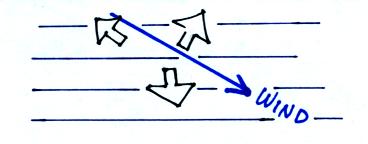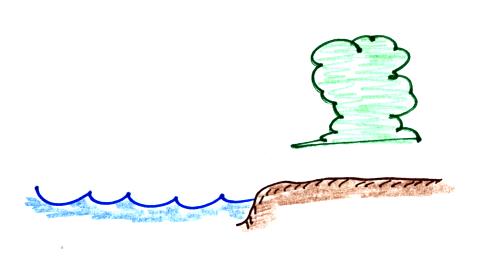pressure centers in the northern and southern hemispheres?
Where do you find rising and sinking air motions?
Can you identify the three forces acting on the wind in the
figure at right? Is this a southern or a northern hemisphere chart?

| How do surface
winds blow around H and L pressure centers in the northern and southern hemispheres? Where do you find rising and sinking air motions? Can you identify the three forces acting on the wind in the figure at right? Is this a southern or a northern hemisphere chart? |
 |

| Mon., Apr. 24 |
4-5 pm |
Chávez (Econ) 301 |
| Tue., Apr. 25 |
4-5 pm |
Chávez 301 |
| Wed., Apr. 26 |
4-5 pm |
Chávez 301 |